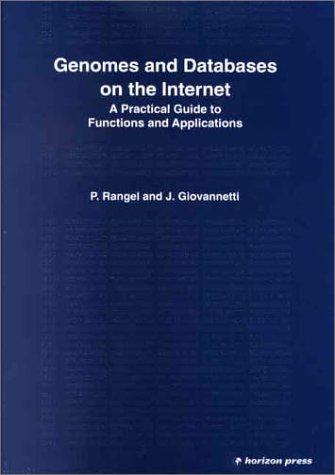Answered step by step
Verified Expert Solution
Question
1 Approved Answer
This is the given code: /** * This program uses a Taylor Series to compute a value * of sine. * */ #include #include #include

This is the given code:
/** * This program uses a Taylor Series to compute a value * of sine. * */ #include
/** * A function to compute the factorial function, n!. */ long factorial(int n) { long result = 1, i; for(i=2; i
int main(int argc, char **argv) {
if(argc != 3) { fprintf(stderr, "Usage: %s x n ", argv[0]); exit(1); }
double x = atof(argv[1]); int n = atoi(argv[2]);
double result = 0.0;
//compute sin(x) using a taylor series out to n terms
printf("sin(%f) = %f ", x, result);
return 0; }
How would you solve this?
The standard math library provides a Complex functions such as these are usually approximated using some numeric analy technique. One such technique is to use a Taylor series to approximate the sine function function to compute the sine of a given number i-0 Obviously, we cannot compute an infinite series. Instead, we will approximate sin(z) by computing the Taylor series above out to n terms We have provided you with an incomplete program, sine.c that reads in two values from the command line, x and n. We have also written a function to compute the factorial which you may find useful. You will need to complete the program by writing code to compute the approximation of sin(r)Step by Step Solution
There are 3 Steps involved in it
Step: 1

Get Instant Access to Expert-Tailored Solutions
See step-by-step solutions with expert insights and AI powered tools for academic success
Step: 2

Step: 3

Ace Your Homework with AI
Get the answers you need in no time with our AI-driven, step-by-step assistance
Get Started


